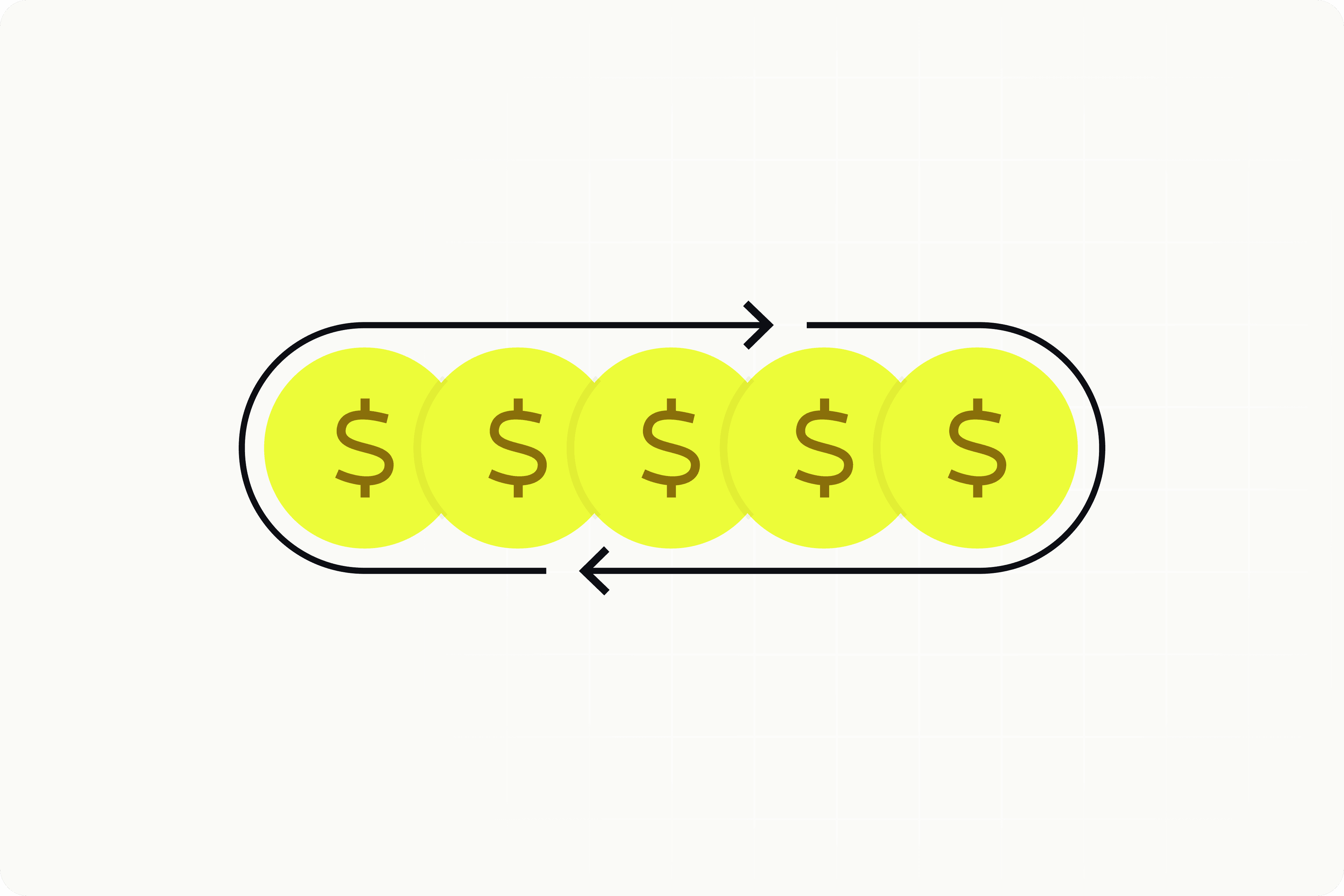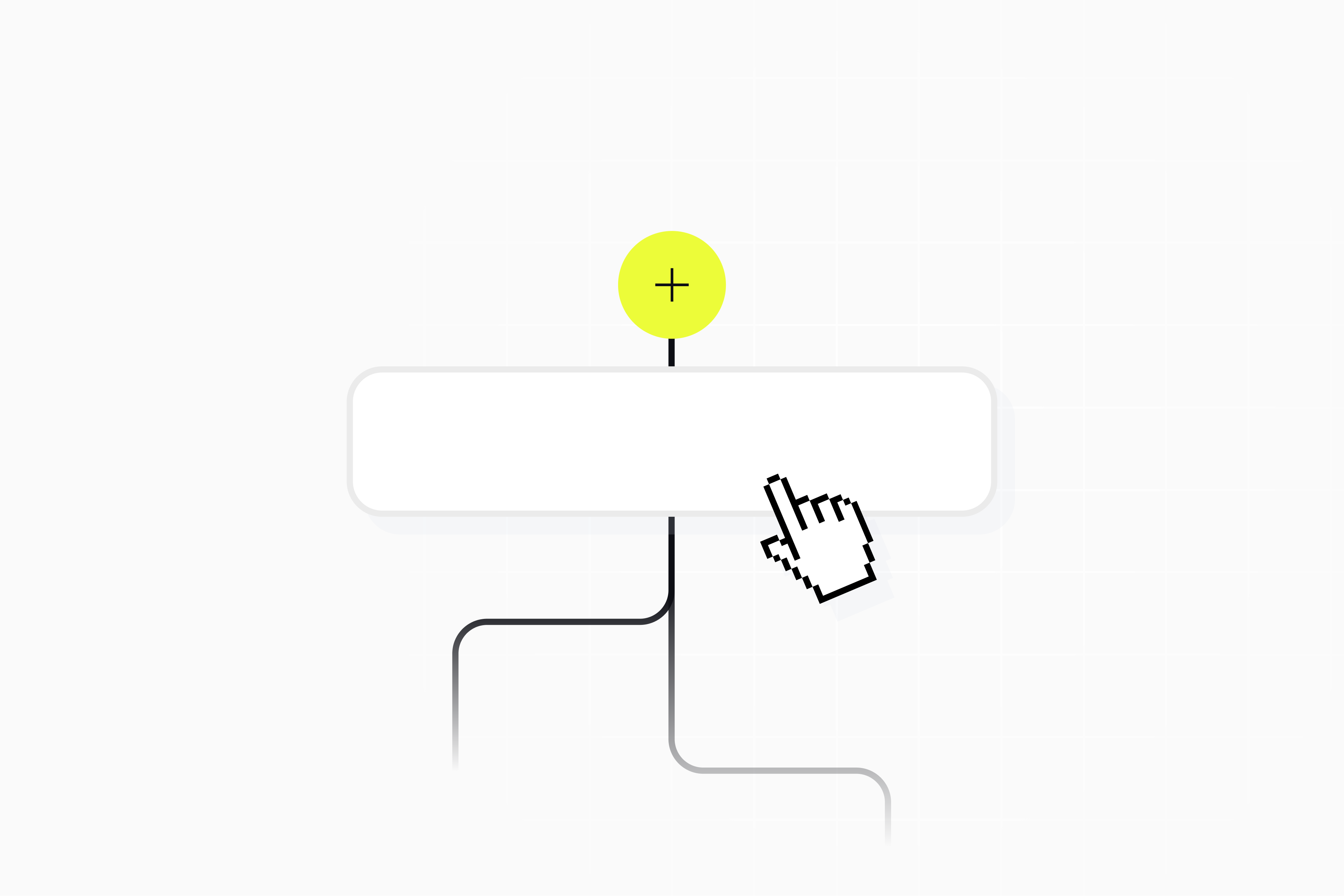As asset types evolve, lending must evolve with them. Modern lending enables lenders to use secured lending collateral in far more diverse ways to fund loans than ever before. While we still have traditional, more stable assets like real estate and equipment, emerging fintech platforms are enabling lenders to fund loans off more volatile collateral types, such as cryptocurrency and securities.
Below, we discuss how lenders can use both static and dynamic collateral as a strategic asset to help them better serve customers and grow their portfolios. Key takeaways include:
- An evolved view of collateral value for modern lending.
- A definition of the collateral valuation spectrum from static to dynamic.
- How lenders can use Canopy to track dynamic collateral values and gain insights beyond just the valuation.
- How to create valuation-driven workflows that trigger required actions based on changing collateral values.
Modern secured lending is becoming increasingly complex
Secured lending is a fundamental approach to mitigating credit risk. It’s a financial arrangement in which a borrower pledges specific assets as collateral, providing the lender with a safety net in case of default. These assets—from real estate and equipment to accounts receivable and securities—are critical risk management tools.
In modern lending, secured credit represents far more than a simple relationship between loan balances and asset values. Yet, many loan management systems treat collateral as an afterthought—a static field to be updated occasionally, disconnected from the dynamic reality of lending operations.
Treating collateral as a first-class citizen
Canopy reimagines this approach by treating collateral as a first-class citizen in our lending ecosystem. Collateral isn’t just a value stored alongside a loan—it’s an active participant in your lending operations, driving workflows, influencing decisions, and evolving with market conditions.
Consider how this transforms secured lending: Our system doesn’t simply record a collateral asset’s value and wait for manual updates. Instead, it maintains an ongoing awareness of that value by automatically adjusting credit availability, triggering protective actions when values decline, and providing real-time insight into your risk position. This dynamic relationship between collateral and loan servicing means your lending operations can respond to market changes as they happen, not after the fact.
Giving collateral first-class status ripples throughout our entire platform. From automated valuation updates to comprehensive risk management workflows, every feature treats collateral not as a passive security measure but as an active component of modern lending operations. The result is a system that doesn’t just track collateral—it empowers you to make collateral work harder for your lending program.
The collateral landscape
Not all collateral is the same. Each type comes with its complexities and dynamics:
Real estate is a traditional, stable form of collateral with values that change slowly. In contrast, accounts receivable or cryptocurrency present a more dynamic collateral environment, with values that can fluctuate rapidly. Our platform handles this complexity, providing lenders with flexible tools to manage the diverse asset types that include:
- Real estate
- Vehicles
- Equipment
- Accounts receivable
- Inventory
- Business assets
- Securities
- Cash
- Cryptocurrency
- Collectibles
Loan-to-value: The critical metric
The Loan-to-Value (LTV) ratio is the cornerstone of secured lending risk management. This metric represents the relationship between the loan amount and the value of the underlying collateral. For instance, a $750,000 loan secured by a $1,000,000 property would have a 75% LTV ratio.
Canopy goes beyond simple tracking. It provides deep insights into LTV dynamics, helps you monitor risk, and optimizes lending decisions.
Valuation is more than just a number
In traditional lending systems, collateral valuation is often just a timestamp and a number. This oversimplified approach fails to capture the dynamic nature of modern secured lending, where asset values can change dramatically based on market conditions, depreciation, or business performance.
Canopy transforms collateral valuation from a periodic administrative task into a continuous, intelligent process that drives lending operations. Our system understands that different types of collateral require different valuation approaches, frequencies, and responses.
The valuation spectrum
Valuation needs vary across asset types. Industrial equipment might require annual appraisals with value declining predictably through depreciation. A portfolio of publicly traded securities requires near real-time valuation updates to manage risk effectively. Accounts receivable might need monthly valuations based on reports and eligibility criteria.
Canopy accommodates the full spectrum through flexible valuation mechanisms.

We support traditional valuation workflows for stable assets like real estate, where professional appraisals can be scheduled and tracked. These occur every few years and are supplemented by periodic lender reviews or automated market value estimates.
For dynamic assets like securities or cryptocurrency, our integration with Automated Valuation Platforms (AVPs) enables continuous monitoring of collateral values. These real-time feeds ensure your risk management stays current with market movements—not weeks or months behind.
For commercial assets like accounts receivable or inventory, Canopy integrates with borrower management systems or accepts periodic submissions of aging reports and inventory counts. It automatically applies eligibility criteria and advance rates to determine current collateral values.
Valuation-driven workflows
Recording values is just the beginning. Each valuation update in Canopy can trigger comprehensive workflow sequences. When a new valuation arrives—whether from an AVP feed, a manual update, or an automated calculation—our system immediately launches a three-step process:
- Recalculate current loan-to-value ratios
- Compare these against program thresholds
- Initiate required actions based on the results
Actions might include adjusting credit availability, generating margin calls, requiring additional collateral, or initiating protective measures in severe cases. The result is a lending operation that responds to changing collateral values as they happen, not after problems have already developed.
Beyond individual values
Our valuation system also provides insight at the portfolio level. Lenders can track valuation trends across asset classes, identify concentration risks, and spot emerging patterns that indicate broader market shifts. This intelligence helps transform collateral valuation from a compliance exercise into a strategic tool for risk management.
The Canopy collateral management advantage
This valuation approach combines flexible input mechanisms, automated monitoring, intelligent workflows, and portfolio-wide analytics to ensure that your lending program remains responsive to the dynamic nature of modern secured lending.
From automated valuation updates to real-time risk management and portfolio-wide analytics, Canopy makes collateral work for you. By treating it as an active participant, we ensure your lending operations are efficient, responsive, and ready for today’s secured lending challenges.





